Art Meets Finance: Dana Prussian on Confidence, Authority, and Manifesting Your Dream Career
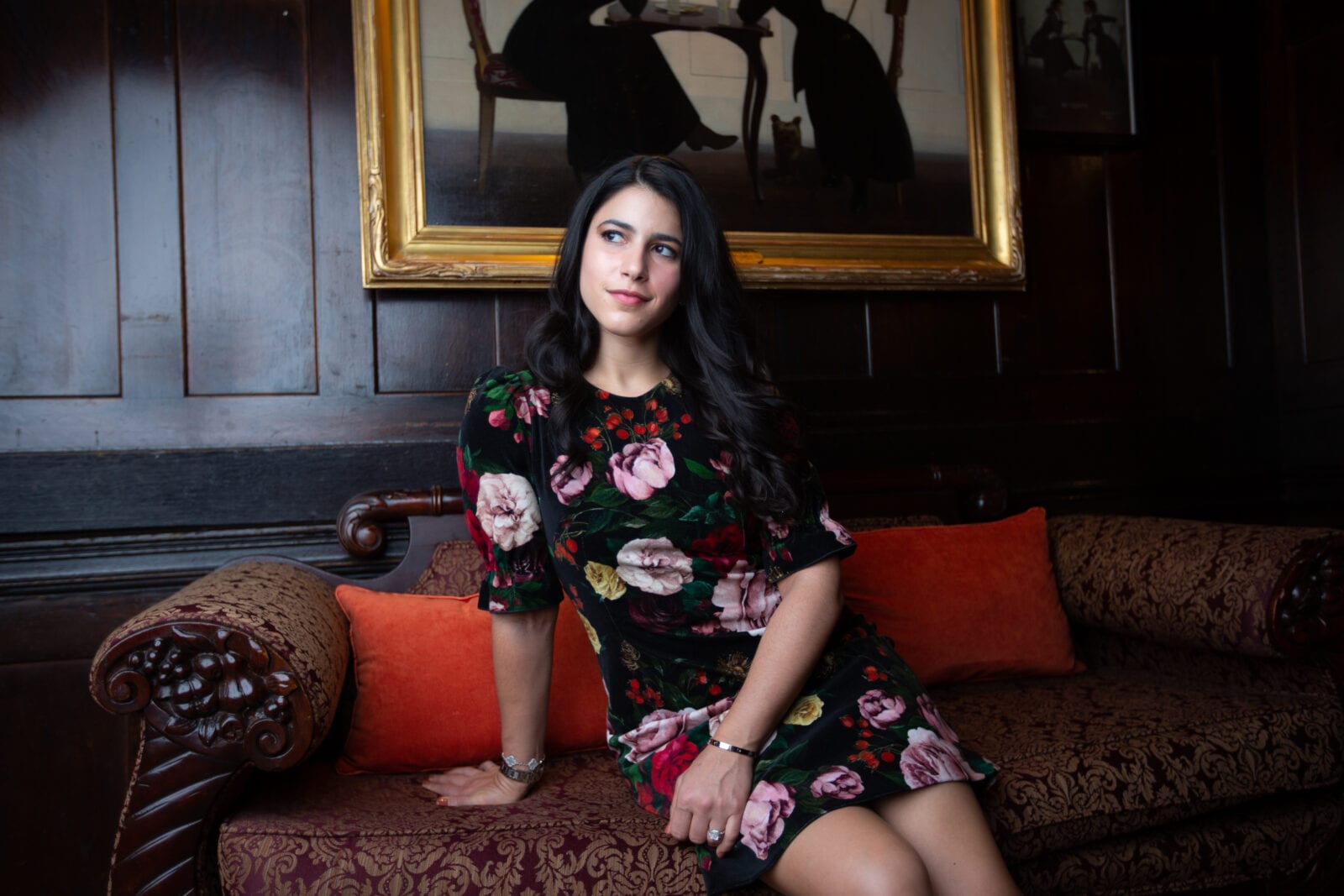
The young shining art advisor at Bank of America talks to us about manifesting her dream career in art and finance along with her top tips on bringing confidence and authority to the workplace.
Meet Dana Prussian, New York’s current Vice President of Art Services at Bank of America. Six and a half years ago, art product groups at large private banks were unheard of. However, after graduating Barnard with an art history degree, Prussian was determined to pave a career in the art world and combine it with finance or business. But how do you cultivate a career that doesn’t exist?
“You have to create your own path in this space or at least have some sort of alternative route in mind,” she says.
From Barclays to Bessemer Trust to her current role at Bank of America, at the ripe age of 28, Prussian skipped the auction house corporate ladder and now manages billions worth in art collections. Part of a team of five at Bank of America’s Private Bank, the Art Services team was rolled out about 5 years ago as a response to the shifting art market and people considering art as part of their balance sheet and a real financial asset. We sit down with Prussian and chat about speaking with confidence, negotiation tactics, and what it’s like to be a young authoritative figure in New York’s glamorous worlds of art and finance.

“You have to create your own path in this space or at least have some sort of alternative route in mind.”
— Dana Prussian
How did you get into finance after studying art history?
I knew nothing about finance. Honestly, when everyone at Columbia was graduating they were all taking banking jobs! It was kind of the thing to do and I dispassionately fell into the world of interviewing for all of those things. It may have kind of been a haphazard decision at the time but I’m glad that I did, because it gave me the knowledge and the background that I needed to do the job I’m doing now. I started learning very quickly and understanding financial products with no prior knowledge. When I was in school, I was interning at Christie’s and I was taking classes at the Met. I loved the Christie’s team—I work with them on consignments almost every day now—but I knew how that process worked for someone who was a female in the city starting out at the bottom. It’s a really tough climb to the top. I wanted to build my own path into the art world. And so, I was an analyst at Barclays for 2 years, and as I was wrapping up my time, I very much formulated a game plan to get into the role I am in now.
How did you integrate the art industry into the next stage of your career?
Four and half years ago Bank of America’s Art Services team was just kind of taking shape from an art loan book into a true product group with different art-related offerings, and honestly there wasn’t even a role for which to interview. I needed to think of the next step that would be the intermediary between what I was doing in finance and how I could get to that point. I knew I wanted to be client-facing, I knew I wanted to work with ultra-high net worth individuals that would be collectors, and so I became a Client Advisor at Bessemer Trust. That was really an eye-opening experience. We were working with clients with big minimum balances, it’s very boutique, it’s definitely familial, and I was looking to be part of a team that really cared about its clients and really cared about me. I found the perfect spot.
My boss really took the time to get to know me. He knew my background in the arts and I think that he knew I wanted to be in the arts going forward or at least eventually. I said to him: “Look, if we have a client who is a collector, give me a chance to really work on their relationship.” He trusted me and wanted to give me a shot, so I worked on a couple big estates where there was a considerable amount of art and jewelry. I really dove in and created my niche.
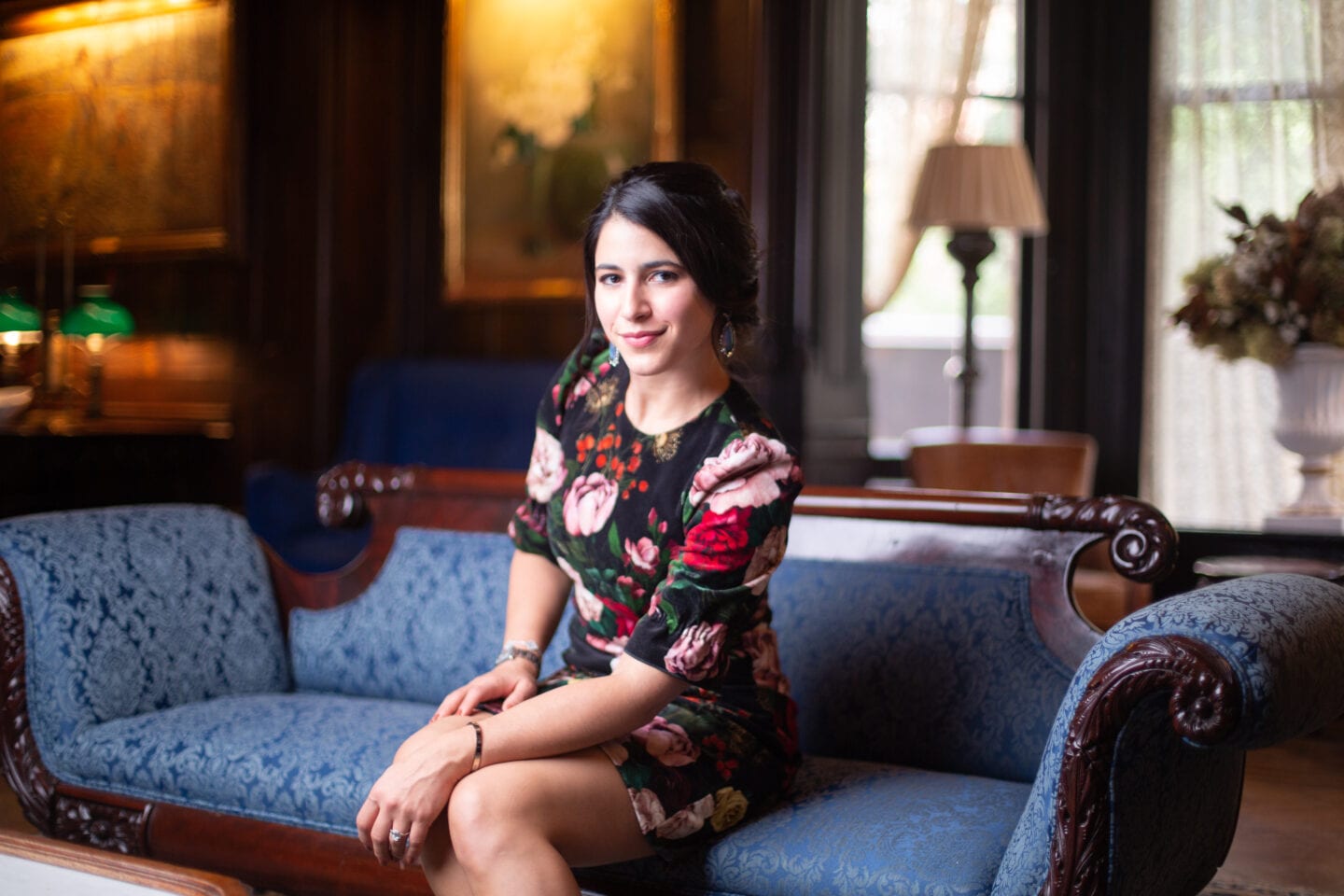
How did you get to your current role at Bank of America?
By that time, it was going well for me at Bessemer Trust—I got promoted a couple of times, and I was very much on the track to grow there—but I was getting a little bit antsy. I thought if I don’t really start diving into the art world now it’s not going to happen, and I didn’t really want to be a generalist private banker for the rest of my life. It just so happened that some connections I made in the art world and at Christie’s pinged me and they were like: “Did you know that Bank of America is finally hiring another person?”
It was the right place and the right time. I threw my application in the ring. I remember the application was like: “We’re looking for someone with 15 years of work experience,” and I thought, “I’m never going to get this, but here’s my resume.” There are so few jobs in this particular industry, truly less than a handful. Should I go to business school and hedge my bets? And I think the best story I have from that period of time was when I took the GMAT the day before I was leaving for a 2 week trip to Europe. At the time I don’t think I even got the callback from Bank of America for the Art Services job, and I just kind of figured that it wasn’t going to happen. So I took the GMAT. On the drive back home from the test, I got an email that Bank of America wanted me to come in the next morning to interview for the Art Services role. So I called my boyfriend [my now fiancé] and I said, “Joel, what are we going to do? We’re flying to Europe tomorrow, I haven’t packed, I haven’t slept, I just took the GMAT, and I haven’t prepped for this interview at all.” And he said: “Go home, put a deck together, and bring a business proposal with you tomorrow morning.” And I was like, “Okay, we’re doing this. I am going to show them everything I have.”
So I basically pulled an all-nighter putting together this proposal and it was everything from where collectors gather to gaps in the market, and interesting new ways that we could on-board clients in the art world. At this point, I’m delirious. I had just taken the GMAT, wrapped up my work, finished this deck. I went in for the interview that morning, then immediately went home, grabbed my bag, and went to the airport—it was the best sleep of my life on that flight to Rome.
What did they say when you were at the interview and you showed them the deck?
I think more than anything, they understood from the deck that I knew that the job was very much entrepreneurial and a lot of business development would have to go in to bringing a lot of new clients and collectors on board, so I think that really resonated with them. My boss is a tremendous go-getter. He built our platform from the ground up. He never stops, he seems to never sleep, and he’s always out at events and different interesting things trying to find new clients—and so I think the deck showed him that I would also join the hustle and be really hungry.
How do you feel since you began this role?
It is such a dream role. It is the perfect marriage of art and finance, and Bank of America is definitely the industry leader, so I feel very lucky to be that one individual that the team was hiring because there are so few roles like this. I honestly don’t know what’s next for me but I love this particular path—it’s very much where I want to be. It’s so much more entrepreneurial than my last gig and as such, it’s been a whole shift in mentality.

“If you’re a 30-year-old woman, don’t make the mistake of thinking that just because you’re young you have to give up part of whatever you’re offering. I would go big, I would stand your ground, and I would make it clear that walking away is a very real possibility.”
— Dana Prussian
Describe a typical day for you.
Most mornings I get up at 6, work out with my trainer, and then have coffee with my fiancé. At work, I usually check my email, maybe have some morning meetings, have internal calls—and then the middle of my day is usually a mix of two things: taking offsite meetings; whether it’s at a client’s home to view their collection or meeting with a COI or a prospect, or going to another banker as an art liaison. Most of our ultra-high net worth clients are collectors and they have a real passion for it. It’s a great way to connect with clients, because if I get to go to their home and view their collection, then I’m becoming part of their personal life. I consider it a very good day if I’ve had meaningful conversations with a couple of art collectors, clients, and prospects—a COI or two—and internal bankers who want to utilize me to help them get deals done.
What are the types of transactions that you work on?
The two big types of transactions that I work on are art lending and consignment. Art lending is how our team got started—we have the largest art lending book in the country—just about to hit $8 billion. And essentially, we lend against individuals and their collections. Today’s art market is increasingly driven by wealth-creators from markets-driven industries- hedge fund/private equity, real estate and business owners. These individuals are holding art on their balance sheets to use it as a strategic source of capital, and the current low interest rate environment has enticed many of them to unlock capital from their collections with an art loan. They typically invest that capital back into their businesses. I was just on a call on my way here about an increase to an art line for an existing collector.
The other thing we do, which for me is a little more hands on, is running an art consignment book. We work with collectors to sell their works at auction. We essentially act as an agent. We have agreements in place with all of the big auction houses: Christie’s, Sotheby’s, Phillips—and we can help bring the collection to auction. We run a bake off, often times for big collections with some of the auction houses, we help them negotiate financial packages and a marketing package for the client and really act as an agent in every step of the way.
For people that don’t know, how would you describe ‘lending’?
You are essentially taking out a loan with your art as collateral. So often, clients have capital tied up in their art collections that could, instead, be put to work in higher return areas of their financial lives, while also avoiding the capital gains involved with selling a collection. We are seeing our clients using art loans as part of a broader wealth-building strategy. We are also seeing our clients use the credit facilities to buy more art and back third-party guarantees at auction.
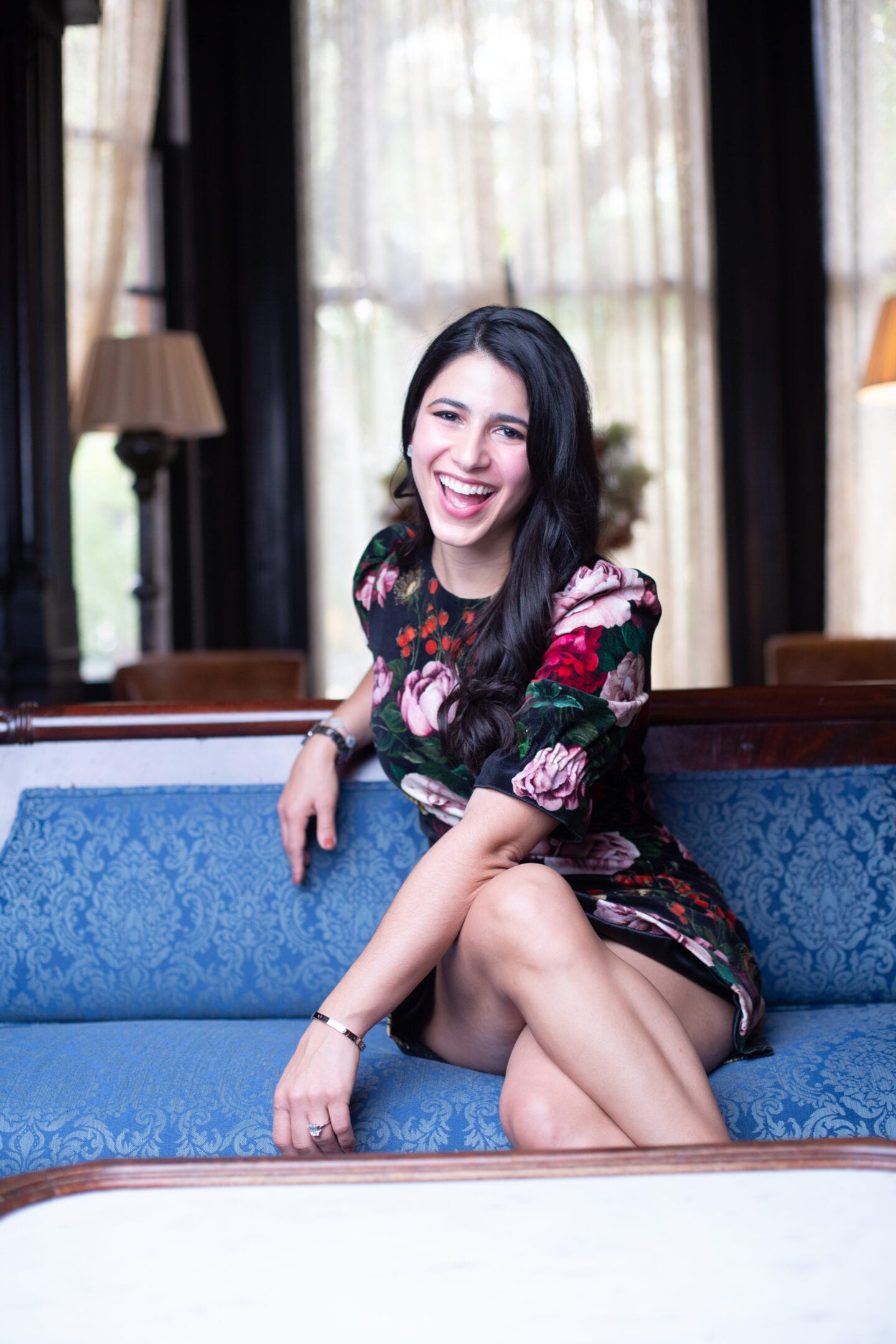
As a woman working in finance and art, what have you noticed in the way you associate with your colleagues and clients?
I think the harsh reality is that I am a 28-year-old female and most of our collectors are 75-year-old men. Almost our entire lending book is made up of male hedge fund, private equity, and real estate executives. And so I’ve really had to learn quite quickly how to sit down at the Trustee’s dinner at the Guggenheim and kind of get on their level. It wasn’t easy in the beginning. They probably looked at me like a kid and didn’t want to take me seriously but I think having my background from two different banks, Barclays and Bessemer, gave me a lot more credibility to understand what they do for a living, different financial products, and different structures.
I think part of what I do is educate our bankers about how to talk to their clients about their collection and ultimately, being able to have a really fun dinner conversation with a collector about what they’re passionate about. I feel like that’s the key. Once you’ve established yourself as somebody who knows what they’re talking about, asking them about their art collection is usually the best way to get to know them because of the way their face lights up. They don’t want to talk about a financial product—they want to talk about how they acquired an art collection. It’s difficult—our team is mostly male, but they’re wonderful and they’re young and we’re all out there hungry for new business, but I think the biggest hurdle for me is that our client base is older.

What has been the most interesting collection that you’ve looked at?
Interesting-quirky and interesting-beautiful is different. There’s a collection on the Upper West Side curated by an individual who I think believes himself to be the next world’s brilliant collector. And it is a mix of iconic works that you would know, a Koons “Popeye” sculpture next to the sofa, a living room where the floor is littered with Picasso and Braque paintings, haphazardly stacked up against the wall—which is wild to me because I’m kind of a neat freak but also careful about my possessions, so walking into this semi air conditioned home with these master works against the wall is a little bit heart attack inducing.
Probably the most beautiful is one that I’m working on right now. I can’t say too much about it since we’re just bringing it to the auction world, but it’s this really beautiful inspired collection of female abstract expressionist works. Everything from Frankenthaler to Krasner to Mitchell, and curated in this really thoughtful way by a woman who I think was just ahead of her time — who saw these women as the future. In the art world right now we’re having a moment of identity and women are finally getting their spotlight, but she was doing this 30 and 40 years ago, before the moment of identity politics. That’s something that’s really special to work on. I went to an all-women’s college, so seeing this really beautiful female abstraction collection is special.
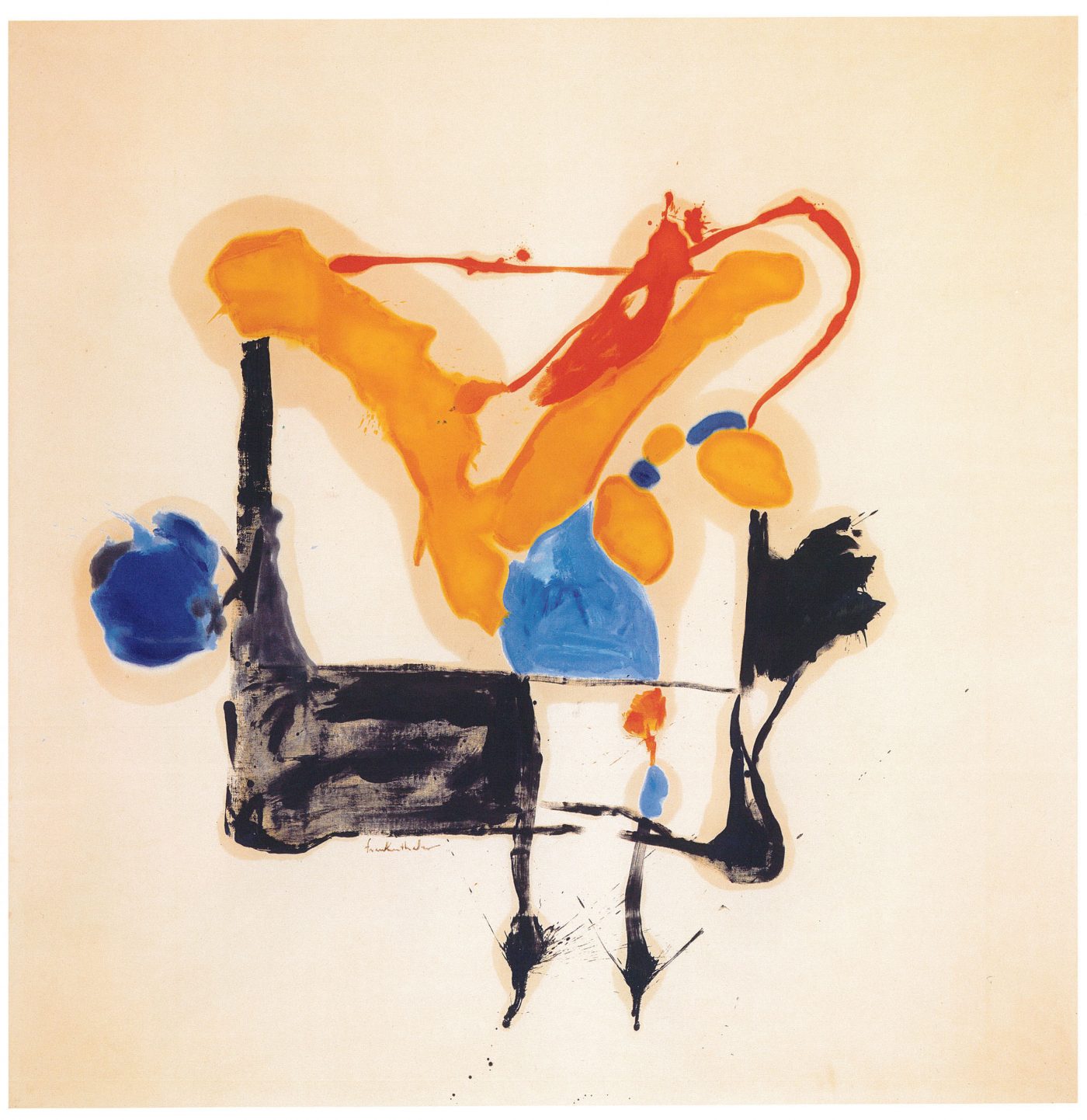
Who is your favorite female artist?
Right now I’m loving Helen Frankenthaler. I was reintroduced to her work over the summer at the Parrish Museum. The Provincetown exhibition that they have on display is so enticing. The paintings are so illustrative of the nature out in a New England beach town, and they exude a particular energy of how the light, the beaches, and the sunsets make me feel. And her soak stain technique…extraordinary.
What are some conscious tactics you use at work to empower yourself?
As a young woman in business, it’s important to be able to speak with confidence. I have to say my training in public speaking has been one of my greatest assets in my career. I did mock trial in college at Columbia and was actually selected to be a public speaking coach at Barnard as well. I trained women on how to sound authoritative when giving their senior projects and lectures, and not be afraid of a crowd. I think that training did me really well.

Can you give us 3 quick tips on how to be more authoritative in front of a crowd?
Conversation. I think the biggest one is that every presentation should be a conversation. I think people prep and get nervous and wonder if they are speaking all of their lines in turn, and it ends up sounding really stilted. If you can just sit down with a collector or a banker or even stand up in front of an entire room and connect with a few people in the room — just have a conversation, you’re going to sound much more knowledgeable and quite frankly, much more relaxed.
Memorizing your first line. One thing I usually do is, if I’m giving a speech, I only memorize the first sentence. It’s a really easy way for you to come off sounding sharp and give you the confidence that you need to finish the speech. If you know that you nail your first line, you’re going to know that you’ll nail the rest of your speech because of that boost of confidence.
Up-talk. Up-talk is when you ask a question at the end of your sentence? I think a lot of women fall into the habit of up-talk, which is essentially finishing a sentence with a question mark. It automatically undermines your authority, because you’re basically asking yourself a question. And it comes off as if you don’t know what you’re talking about. For women especially in business, no more up-talk. End it with a period.
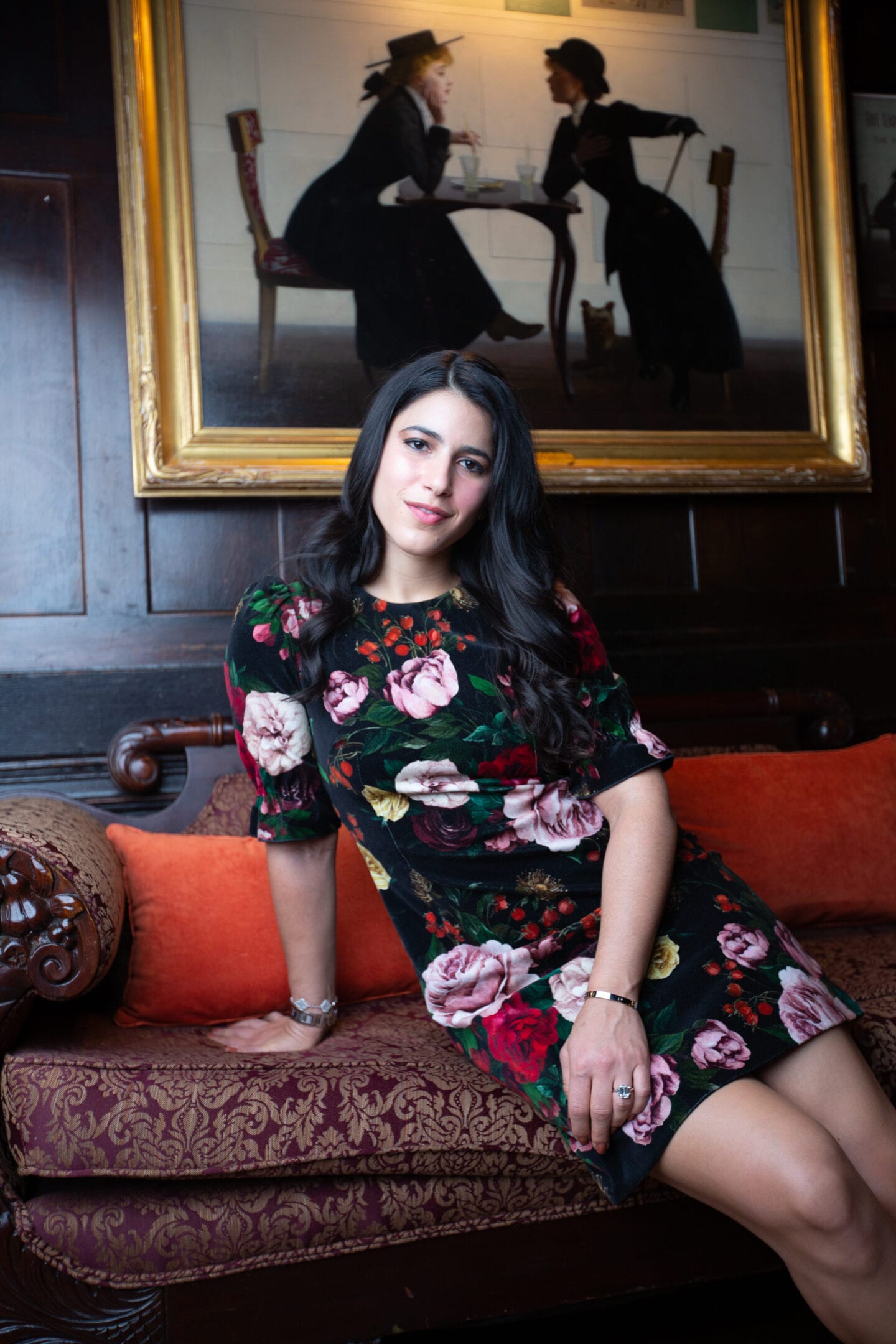
Do you have any tips for negotiation?
Start big. Always be willing to walk away. My fiancé is by far my best business coach. I love seeing him in action because he’s young too, but he negotiates like a 60-year-old. If you’re a 30-year-old woman, don’t make the mistake of thinking that just because you’re young you have to give up part of whatever you’re offering. I would go big, I would stand your ground, and I would make it clear that walking away is a very real possibility. Research as much as possible. You never want to be on a call or meeting where you don’t know every aspect. And visualize every single outcome. For me, playing out every simulation or every possible outcome is the way to go because nothing will ever be a surprise.
What are some ways you manifest your career?
For me, manifesting my career comes down to two things: Having a visual of what I want my life to look like and where I want to end up. And the other thing, which is really day to day maintenance, is exercise. Every time without fail, I make sure to have an intense workout before that meeting or before that job interview.
Name your favorite podcast.
You should listen to ‘One Quick Thing,’ a podcast run by Nellie Diamond. She always interviews female business women and founders. I was listening to one on my way to work this morning with the founder of Bumble, Whitney Wolfe Herd, and she just turned 30. I love walking to work in the morning listening to late 20s, early 30s women who have either founded interesting companies or have very cool roles in art, fashion, and technology. I think it helps ground me because all these women are young and are also doing incredibly cool things.
Photography by Lucas Hoeffel.


